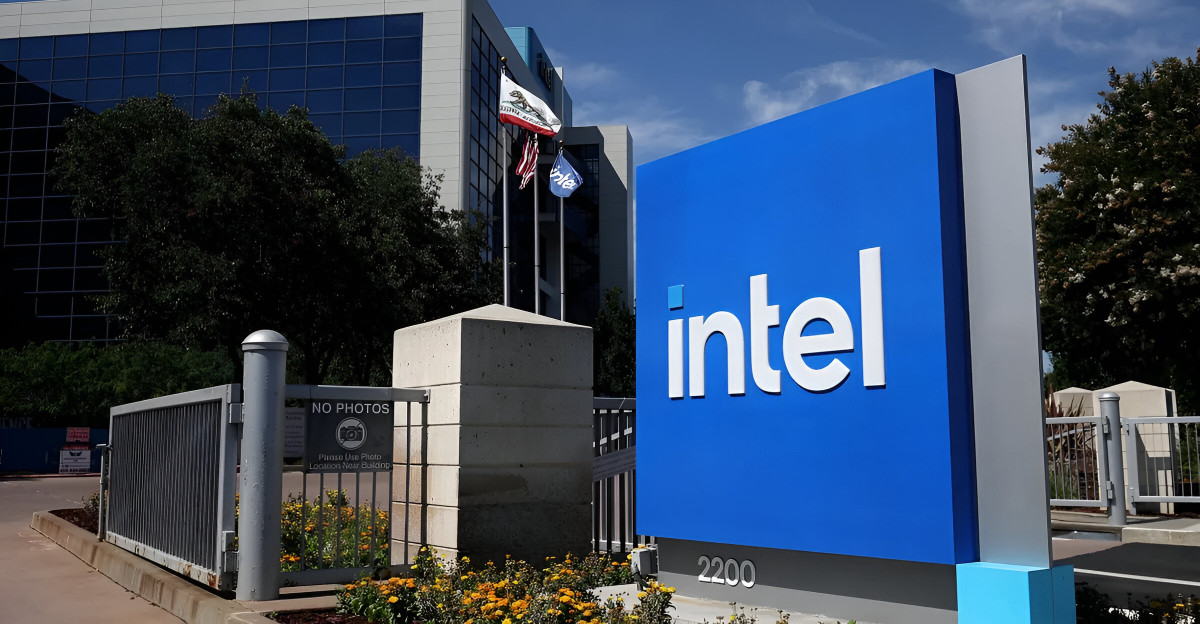
In July 2025, Intel employees were shaken by a somber company-wide memo from CEO Pat Gelsinger. The message outlined “difficult but necessary decisions” tied to sweeping organizational changes, framing this moment as a critical turning point for the chipmaker.
Gelsinger stressed that survival required eliminating inefficiencies and that Intel was not just adapting but facing a stark necessity to restructure for long-term viability.
The Scale of Change
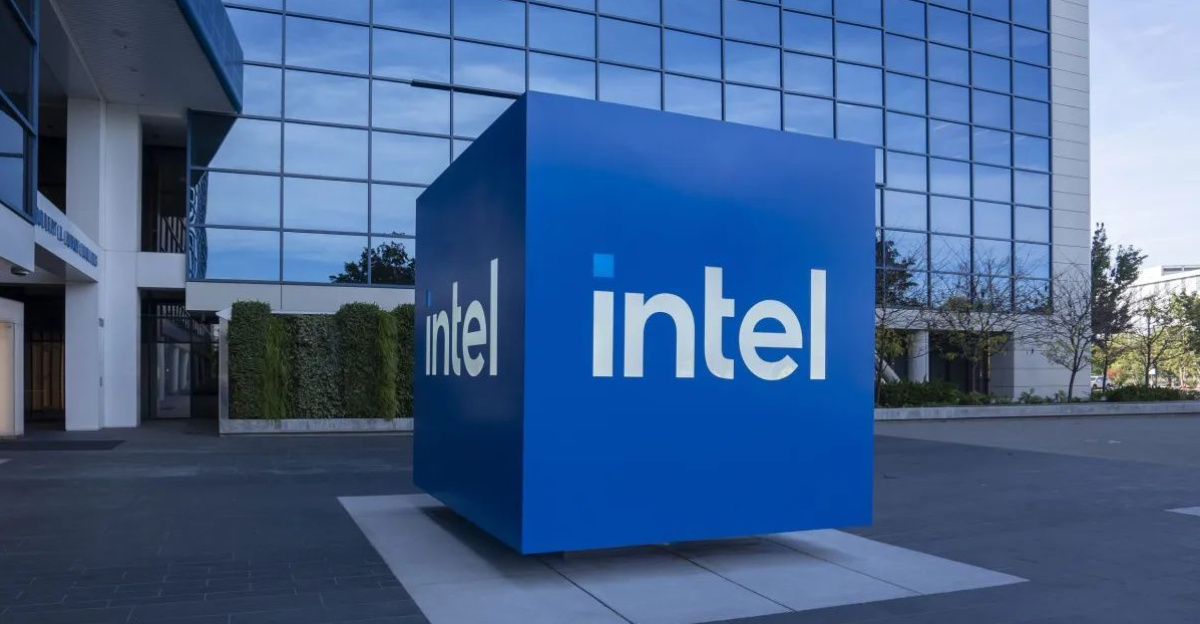
The restructuring plan initiated one of the most extensive layoffs seen in the industry for over a decade. Intel aimed to slash an estimated 15–20% of its global workforce, equating to roughly 15,000 roles eliminated by mid-2026.
Positions were cut across multiple states, including more than 2,000 in Oregon and 1,900 in California. Gelsinger noted that the decision was about “right-sizing” operations after consecutive revenue declines, to cut operating costs by $10–17 billion.
A History of Struggles
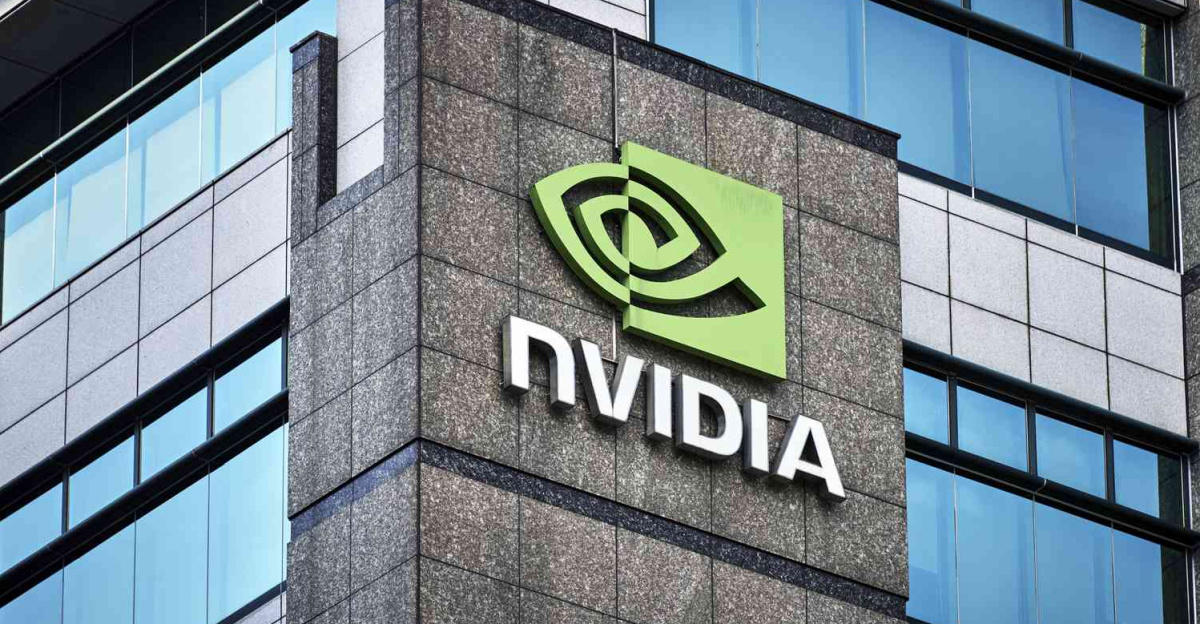
Intel’s current struggles mirror a broader, tumultuous pattern in its recent past. Since 2020, the company has faced market share losses, manufacturing delays, and fierce competition from AMD, NVIDIA, and TSMC.
Despite initial hope surrounding Gelsinger’s return in 2021, subsequent years brought weak earnings and execution missteps. Insiders noted that while previous restructuring efforts were commonplace, the current mood felt distinctly different in tone and scale.
Growing Pressures

The inevitability of restructuring stemmed from China’s rapid technological ascent, declining demand in data centers, and substantial capital investments in Intel’s foundry expansions.
Additionally, setbacks like the failed Altera revival and Intel 4 chip production delays further eroded investor confidence. One analyst remarked, “They’re cutting hard because they waited too long,” encapsulating the situation’s urgency.
The Painful Decision

On July 10, 2025, Intel formally articulated its largest layoff strategy in nearly two decades. Gelsinger described the cuts as “deeply painful,” but insisted that “there is no other way forward.”
The decision included substantial reductions across engineering, manufacturing, and corporate functions, focusing on consolidating overlapping operations and reprioritizing AI and foundry services.
Local Impact
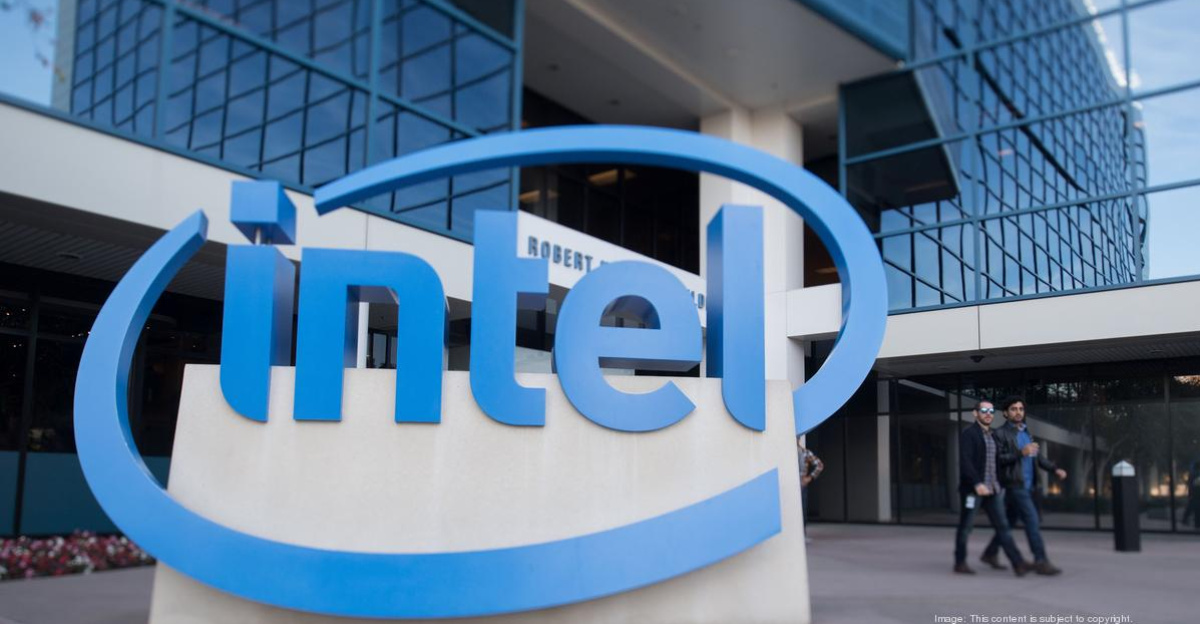
Nowhere are Intel’s dislocations felt more acutely than in Oregon, the home of its principal U.S. manufacturing campus. Over 2,300 jobs were axed in the state, and entire shifts were eliminated at the Hillsboro research facilities.
“This place built my career; now it’s evaporating overnight,” lamented a long-term engineer affected by the layoffs. Local leaders expressed shock at the cuts, urging federal support for displaced workers.
The Human Experience
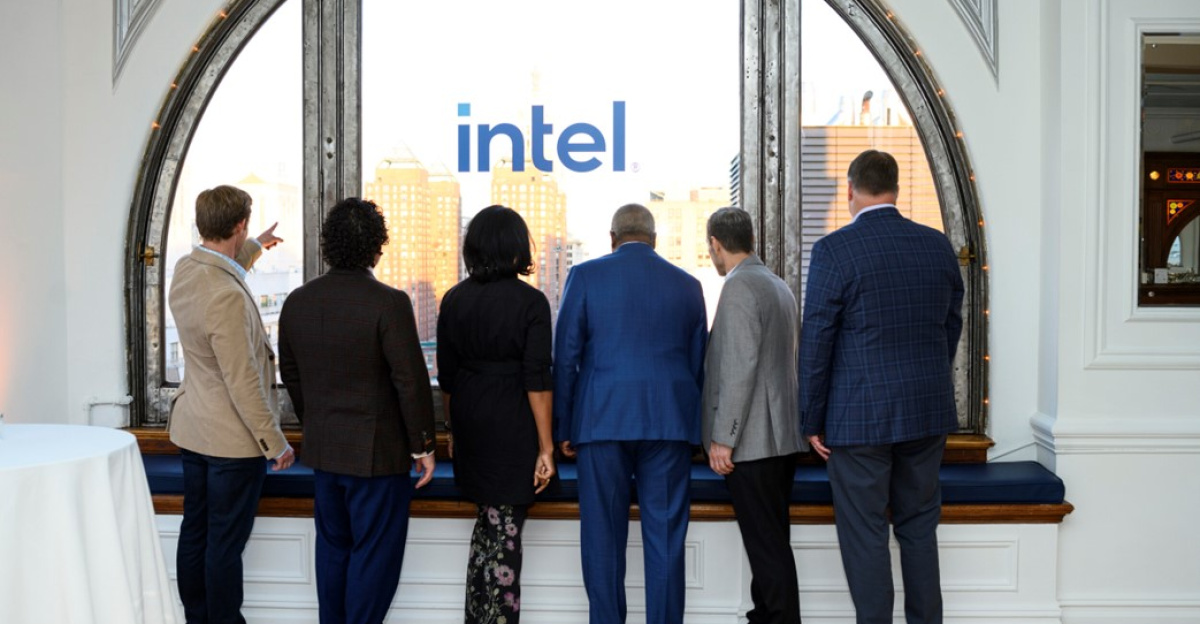
Affected employees shared a whirlwind of emotions, with many feeling fear and survivor’s guilt. Some had only been rehired after more minor cuts in 2023 and now face termination.
Meanwhile, Intel’s online employee forums illuminated the anxiety over exit packages and insurance concerns, with morale plummeting to what managers described as “dangerously low.”
Competitors Advancing
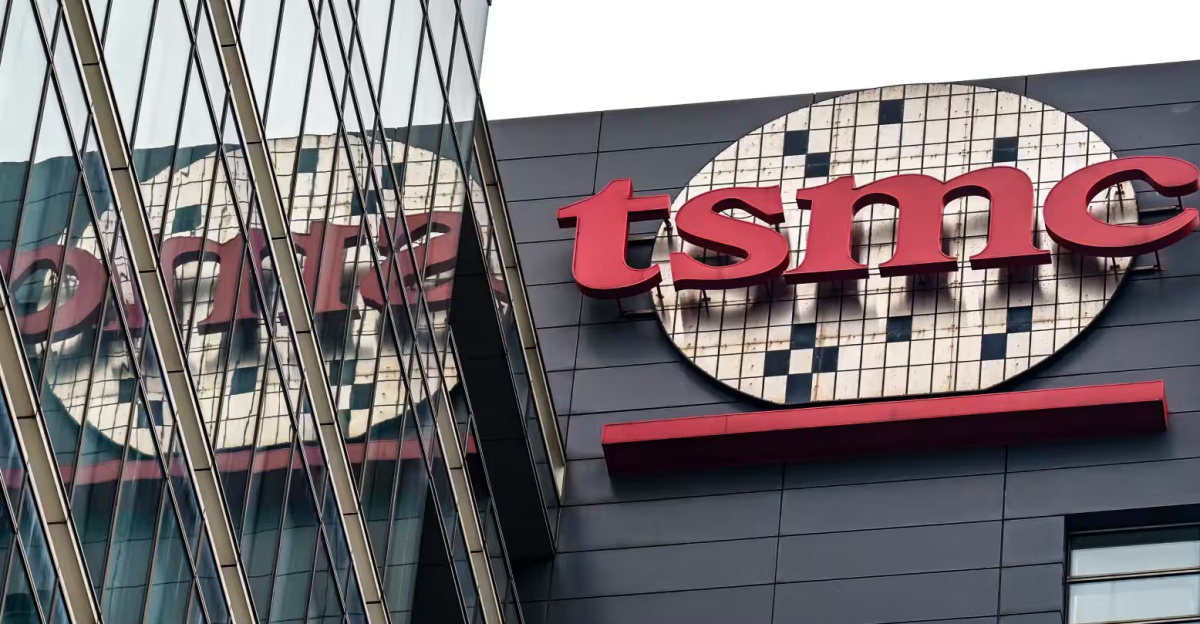
As Intel retreated and restructured, competitors like Taiwan Semiconductor Manufacturing Company (TSMC) and NVIDIA seized the opportunity, each advancing their footholds in the market.
TSMC secured new contracts with major players like Apple and AMD, while NVIDIA was riding high on the success of its Blackwell AI GPU. The competitive landscape shifted dramatically, putting Intel in a precarious position to regain its footing.
The Broader Context
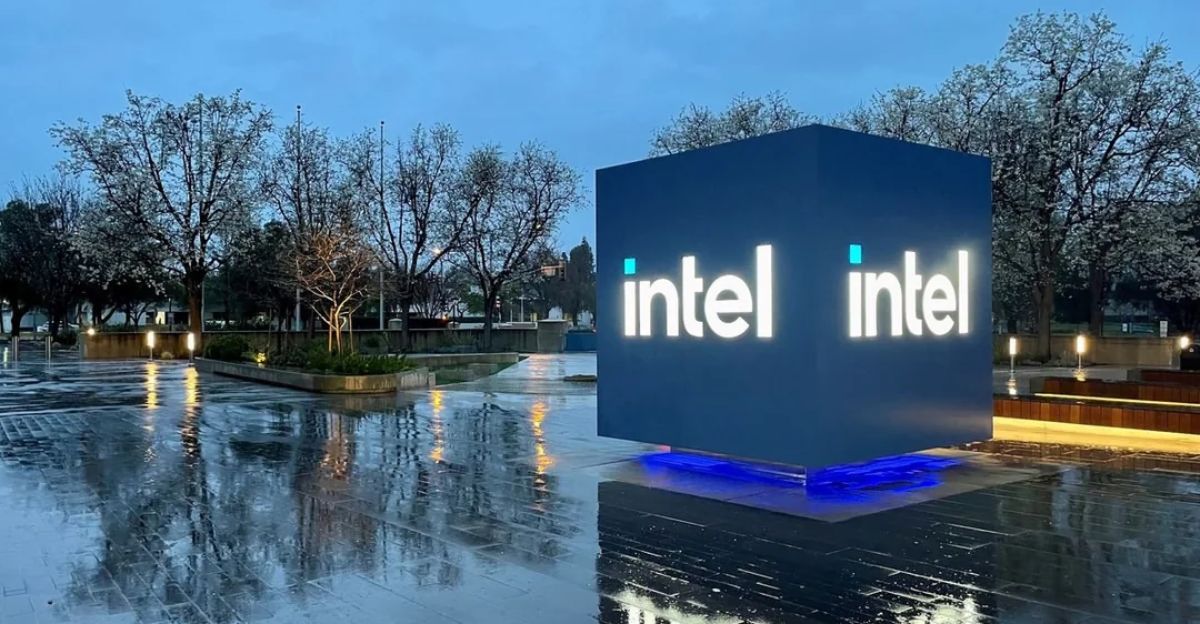
Intel’s drastic restructuring isn’t just an isolated event but part of a widespread change sweeping through the U.S. manufacturing landscape. In the first half of 2025 alone, tech layoffs topped 95,000.
This reform signifies deeper underlying issues within the industry and raises questions about how companies like Intel can rebound effectively.
The Critical Moment Ahead
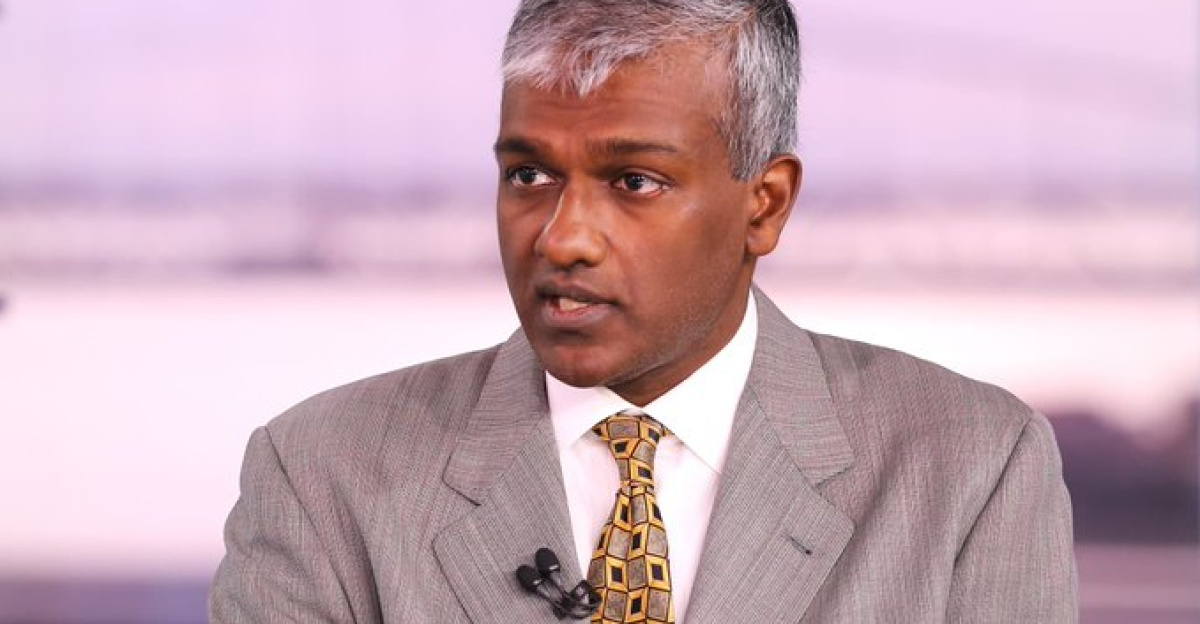
As Intel grapples with these challenges, analysts emphasize that the company’s future hinges on its ability to execute these changes effectively. “If they stumble now, regaining trust may be impossible,” remarked analyst Dan Niles, highlighting the critical juncture Intel now faces.
The path forward will determine the company’s survival and its capacity to reclaim its position in the competitive tech landscape.